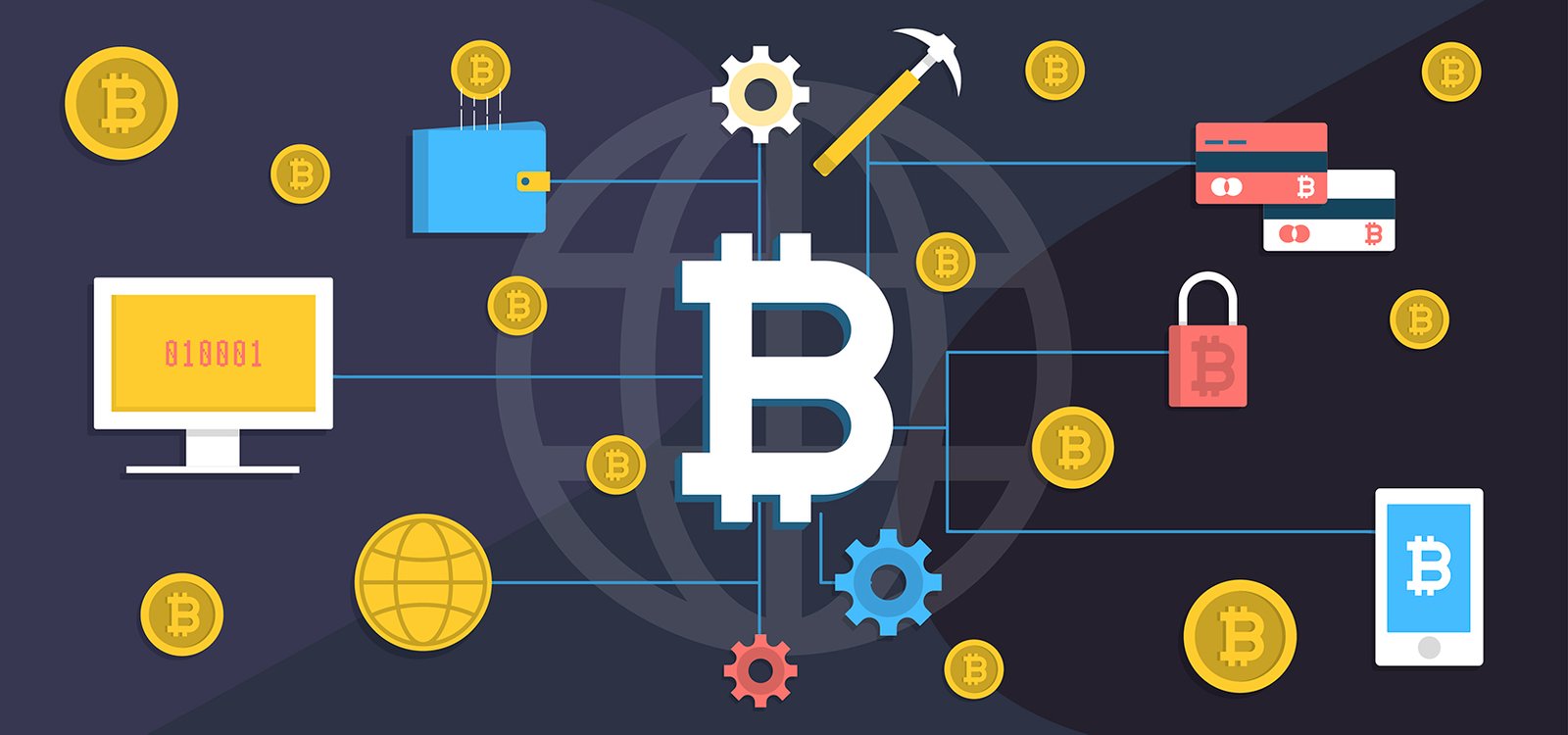Blockchain technology has fundamentally transformed how digital systems manage trust, transparency, and ownership. At its core, blockchain is a decentralized, distributed ledger that records transactions across multiple nodes in a network. Unlike traditional databases, it ensures immutability, meaning once data is recorded, it cannot be altered retroactively without the consensus of the network.
Emerging in 2009 with the creation of Bitcoin by the pseudonymous Satoshi Nakamoto, blockchain introduced a system that eliminated the need for centralized intermediaries in financial transactions. Since then, this technology has rapidly evolved to power thousands of cryptocurrencies and a growing ecosystem of decentralized applications (dApps), smart contracts, and tokenized assets.
The Cryptocurrency Ecosystem
Cryptocurrencies are digital assets that utilize cryptographic techniques to secure transactions and control the creation of new units. Bitcoin remains the most prominent, often referred to as “digital gold” due to its fixed supply and deflationary design. Ethereum, launched in 2015 by Vitalik Buterin, expanded the use case of blockchain by introducing smart contracts—self-executing code that enables programmable transactions and decentralized logic.
Over time, the crypto landscape has diversified. Altcoins like Solana, Cardano, and Avalanche offer scalability and lower fees, while privacy-focused coins such as Monero and Zcash cater to users seeking confidential transactions. Stablecoins like USDC and Tether have emerged to provide price stability by pegging their value to fiat currencies, facilitating real-time trading and cross-border payments without the volatility typically associated with digital assets.
Smart Contracts, Tokenization, and Decentralized Finance
One of blockchain’s most transformative aspects is its ability to tokenize assets, both digital and real-world. Tokenization refers to the representation of real-world assets like property, art, stocks, and commodities on a blockchain. This increases liquidity, enables fractional ownership, and expands access to traditionally illiquid markets. Ethereum’s ERC-20 and ERC-721 standards have played a crucial role in allowing these tokenized ecosystems.

Decentralized Finance, or DeFi, is another innovation that challenges conventional financial institutions. Through protocols built on blockchain, users can lend, borrow, earn interest, and trade assets without relying on banks or intermediaries. Platforms like Aave, Compound, and Uniswap provide these services using smart contracts and collateral mechanisms, offering yields and utility within the crypto-native economy.
The rise of NFTs (Non-Fungible Tokens) further illustrates how blockchain redefines ownership. Beyond digital art, NFTs serve roles in gaming, identity, music rights, and virtual real estate, blurring the lines between digital and tangible value.
Institutional Adoption and Regulatory Momentum
The perception of cryptocurrencies has shifted from speculative fringe to a credible asset class. Institutional investors—BlackRock, Fidelity, and Goldman Sachs among them—have introduced cryptocurrency products like spot Bitcoin ETFs and custodial services. Corporations such as Tesla and MicroStrategy hold billions in Bitcoin as treasury reserves.
On the regulatory front, agencies worldwide are building clearer frameworks. The U.S. Securities and Exchange Commission has launched “Project Crypto” to modernize digital asset oversight. The European Union’s Markets in Crypto-Assets (MiCA) framework aims to harmonize crypto regulation across member states. Even traditionally cautious countries like Pakistan are forming national councils to explore mining, CBDCs, and blockchain R&D.
Despite advancements, regulatory uncertainty remains a critical concern. Classification of tokens as securities, compliance requirements for DeFi platforms, and cross-border taxation laws continue to evolve. These changes affect not only investor sentiment but also innovation velocity.
Scalability, Interoperability, and Privacy Innovations
As blockchain adoption increases, challenges like scalability and interoperability become more pronounced. First-generation blockchains struggle with high fees and slow transaction speeds during peak usage. Solutions like Layer 2 rollups (Optimistic and ZK-Rollups), sharding, and new consensus models (Proof-of-Stake, Directed Acyclic Graphs) are emerging to address these issues.

Cross-chain interoperability is another priority. Projects like Polkadot, Cosmos, and Chainlink are building frameworks that allow data and value to move seamlessly between different blockchain networks. These technologies form the backbone of a truly connected Web3 ecosystem.
Privacy and security are equally vital. Zero-knowledge proofs (ZKPs) offer a method for verifying transactions without revealing private data, opening up use cases in identity verification, confidential DeFi, and enterprise finance. At the same time, quantum resistance is being explored to future-proof blockchain systems against emerging threats from quantum computing.
Risks and Considerations
Despite its potential, blockchain is not without risks. Price volatility, speculative trading behavior, security vulnerabilities, and regulatory crackdowns can pose significant threats. Rug pulls, scams, and smart contract bugs have cost investors billions. The energy consumption of specific networks, especially Bitcoin’s Proof-of-Work model, has raised environmental concerns, prompting a shift toward greener technologies.
Education and transparency remain crucial for fostering responsible adoption. Developers, regulators, and users must collaborate to ensure that blockchain’s future is inclusive, secure, and sustainable.
Final thoughts
The convergence of blockchain with artificial intelligence, the Internet of Things (IoT), and decentralized identity systems hints at even broader disruption. As industries continue to digitize, blockchain may become as foundational as the internet itself. Its capacity to decentralize power, secure data, and enable programmable economies positions it as a cornerstone of the next digital era.
Cryptocurrencies, once dismissed as a speculative trend, now stand at the center of global debates about monetary policy, innovation, and the future of finance. Whether through sovereign digital currencies, open financial ecosystems, or tokenized real-world economies, the age of blockchain has only just begun




















